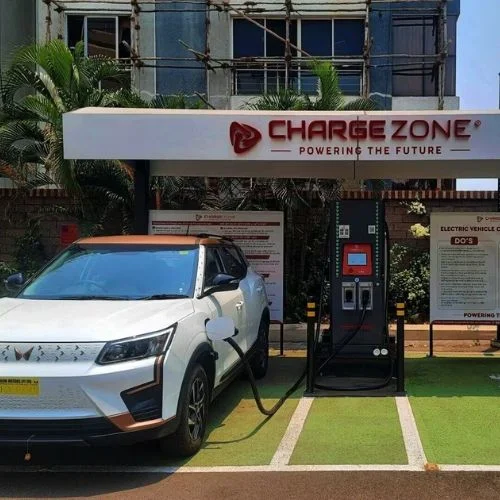China’s exports sector experienced a significant contraction last month, recording its sharpest decline since the onset of the COVID-19 pandemic three years ago. The country’s ailing global economy and persistently weak global demand have placed mounting pressure on Chinese policymakers to implement fresh stimulus measures. The momentum of China’s post-pandemic recovery has slowed, leading analysts to downgrade their economic projections for the rest of the year, particularly as factory output faces challenges in the face of sluggish global demand.
Exports and Imports Slump:
In June, outbound shipments from China, the world’s second-largest economy, plummeted by a worse-than-expected 12.4% year-on-year, as reported by China’s Customs Bureau. This decline follows a 7.5% drop in May. Similarly, imports also contracted by 6.8%, surpassing the anticipated 4.0% decline and exceeding the previous month’s 4.5% fall. These figures indicate the adverse impact of the global downturn in goods demand on China’s exports, with a further decline expected before a potential stabilization towards the end of the year, according to Zichun Huang, China economist at Capital Economics.
Factors Influencing the Export Decline:
Lv Daliang, a spokesperson for the General Administration of Customs, attributed the poor export performance to multiple factors, including a weak global economic recovery, slowing global trade and investment, as well as rising unilateralism, protectionism, and geopolitics. The United States, as the top destination for Chinese goods, has witnessed the most significant decline in exports among China’s major trading partners during the first half of the year due to mounting diplomatic tensions. However, exports to Russia have experienced a notable increase, albeit at a modest level.
Challenges to China’s Economic Recovery:
With exports accounting for approximately one-fifth of China’s economy and the troubled property sector constituting around one-third, the prospects for a swift recovery have diminished following the impact of COVID-related lockdowns in 2022. To counteract this situation, the Chinese government has set a modest GDP growth target of around 5% for this year, after failing to achieve last year’s goal. However, the scale of support is expected to be limited due to fiscal constraints, as the government would need to borrow more to fund larger expenditures, as stated by Xu Tianchen, senior economist at the Economist Intelligence Unit.
Calls for Stimulus Measures:
Chinese Premier Li Qiang, who assumed office in March, has pledged to implement policy measures to boost demand and revitalize markets. However, concrete steps have yet to be announced, leading to growing impatience among investors. The Chinese yuan weakened against the dollar following the release of the export data, but analysts anticipate limited further currency weakness as attention shifts to next month’s Politburo meeting, where potential economic stimulus actions might be discussed.
Challenges in Manufacturing and Raw Material Demand:
Factory activity in China has been contracting in recent months, and consumer prices in June were on the verge of deflation, while producer prices experienced their most substantial decline in over seven years. Chinese imports of semiconductors witnessed a 13.6% decline in June, indicating limited appetite among Chinese manufacturers for components to be re-exported in finished goods. Additionally, the demand for raw materials showed signs of weakness, with a 16.4% year-on-year decrease in copper imports in June.
Conclusion:
China’s export sector faced a severe setback in June, recording its most substantial decline in three years. The sluggish global economy and persistently weak global demand continue to weigh heavily on China’s post-pandemic recovery. As factory output slows and challenges persist, analysts have downgraded their economic projections for the remainder of the year. Calls for stimulus measures have intensified, but fiscal constraints and the need for additional borrowing pose limitations on the scale of support. The focus now turns to upcoming policy meetings and potential actions that may be taken to stimulate China’s economy.















